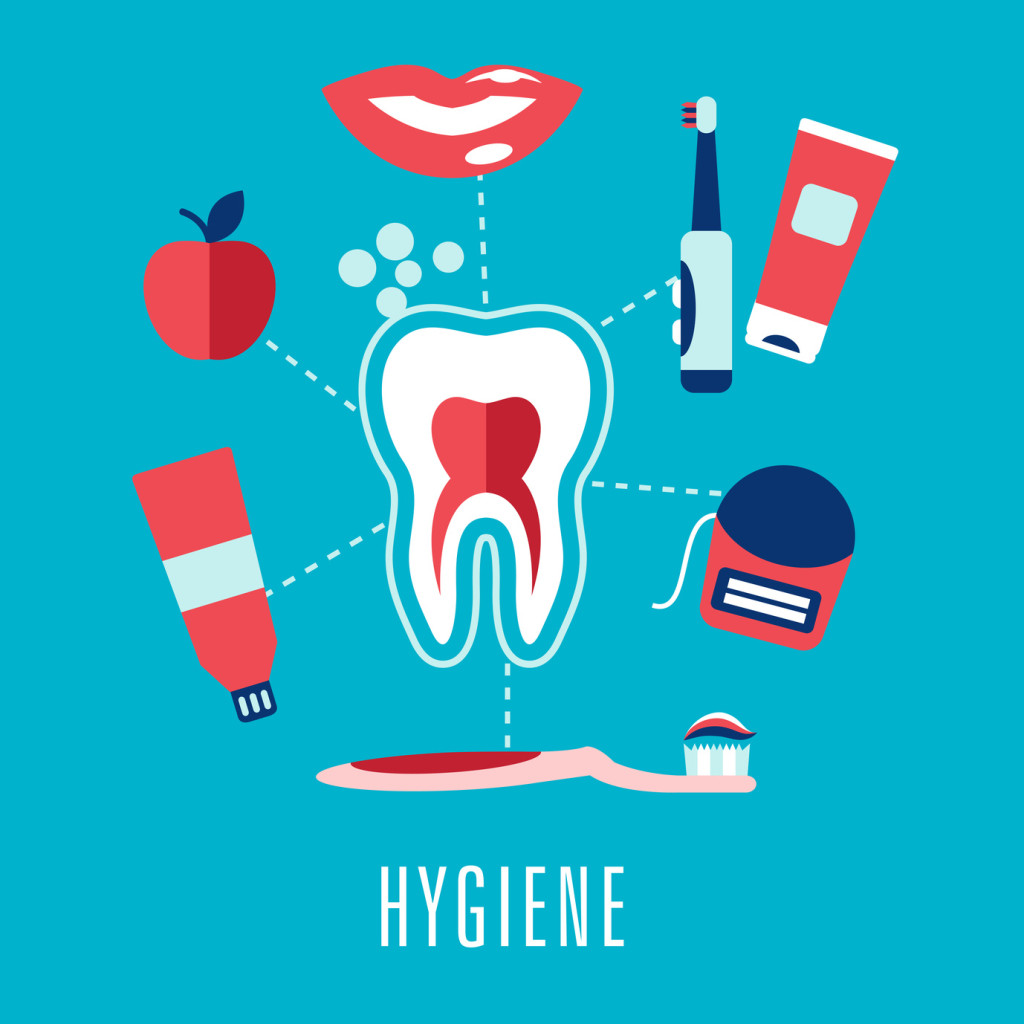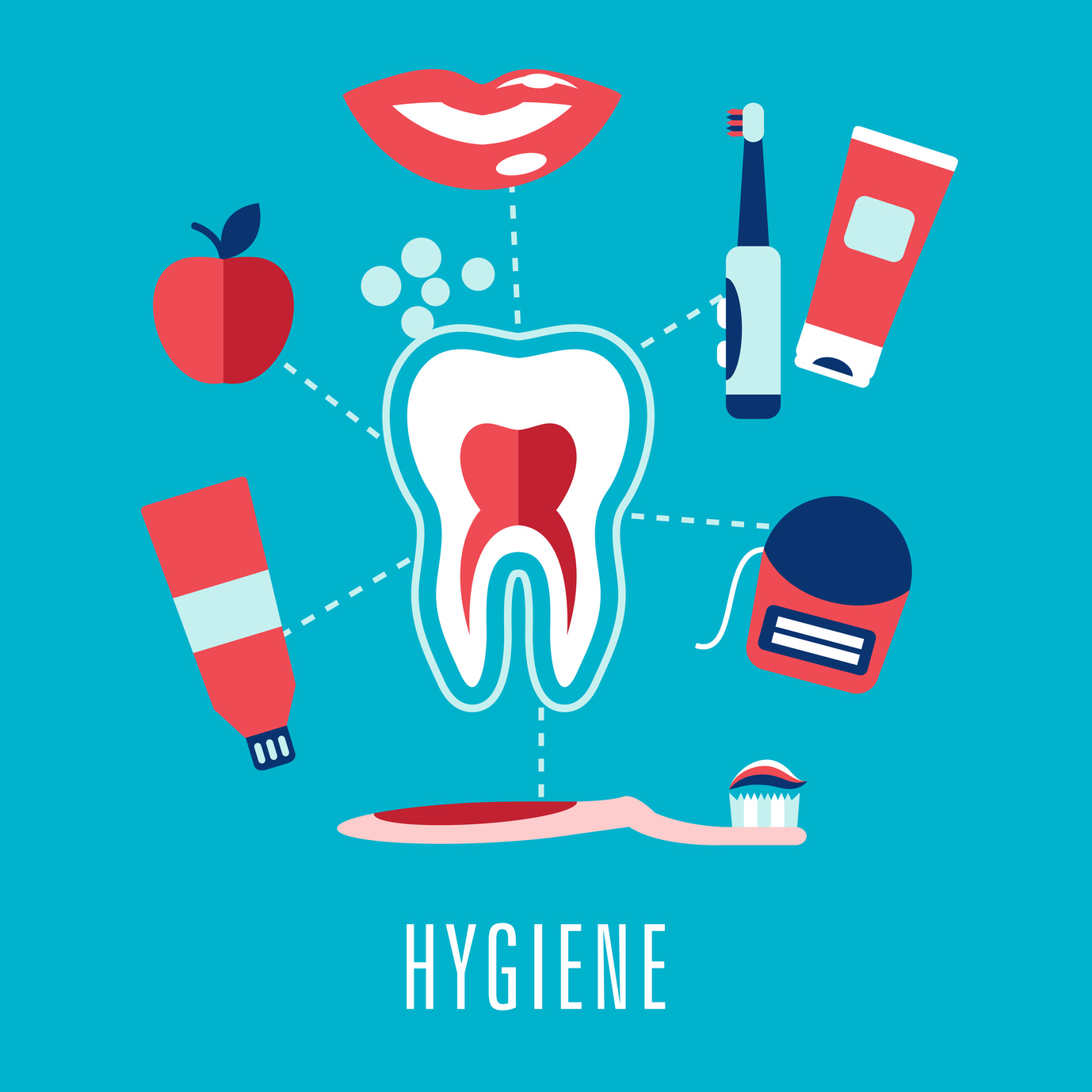
Hannah Auston
Associate Editor
If my continued efforts of getting you to brush, floss, and see your dental professional more haven’t been enough, maybe this next topic will help lead you in that direction.
I’m sure you’ve heard all this dental terminology thrown around in your dental office, but when was the last time anyone really discussed it with you in depth?
Gingivitis, as discussed in my last article, is relatively harmless if properly taken care of and reversed. If it is not, then you may possibly be headed down the path to periodontitis. Periodontitis means ‘inflammation around the tooth.’
Essentially what this translates to you, is that the bone and fibers that are holding the teeth in your head are being destroyed over time and, if not taken care of, can lead to permanent tooth loss.
Anyone of any age can develop periodontitis, though there are specific factors that put you more at risk for developing it. Some of those include: various medications, diabetes, hormonal changes, smoking (in case you need another reason to quit!), the luck of the draw of genetics, and many other factors.
According to a study conducted by the American Academy of Periodontology, one out of every two people has some form of periodontal disease, and percentages tend to increase with age. With that being said, a lot of people fail to realize is that the health of your mouth plays a huge role in your overall health, and your overall health plays a big part in the health of your mouth.
For some people, visiting the dentist is an anxious and stressful time. In an effort to help relieve some of that stress, I will give you a simple breakdown of what happens during a periodontal exam.
When visiting your dentist or hygienist, he/she will take a look in your mouth to see what’s going on, as well as note any sensitive or painful spots. Next, x-rays will be taken so that they can see what is happening underneath the gums, mainly looking at and measuring the bone.
After that, an instrument called a probe is used to measure the health of your gums. Don’t worry; the probe isn’t sharp at all, and shouldn’t hurt upon being placed under the gums.
Your dentist/hygienist will begin to call out numbers: if a one, two, or three is called out, you’re in good shape!
Anything above a three could be considered unhealthy, but not always. This is where your dentist’s/hygienist’s specialized training and education comes into play – they will determine whether or not there is bone loss (or a need for concern).
After checking every tooth in your mouth, the best treatment for you will be determined and it is up to you to choose whether or not you accept the treatment provided.
For more information on periodontitis and how to best treat this disease, visit www.perio.org. It is my hope that after reading this, you are a little bit wiser about your oral health, and I have done my job as a dental hygiene student to educate my fellow Trailblazers.




